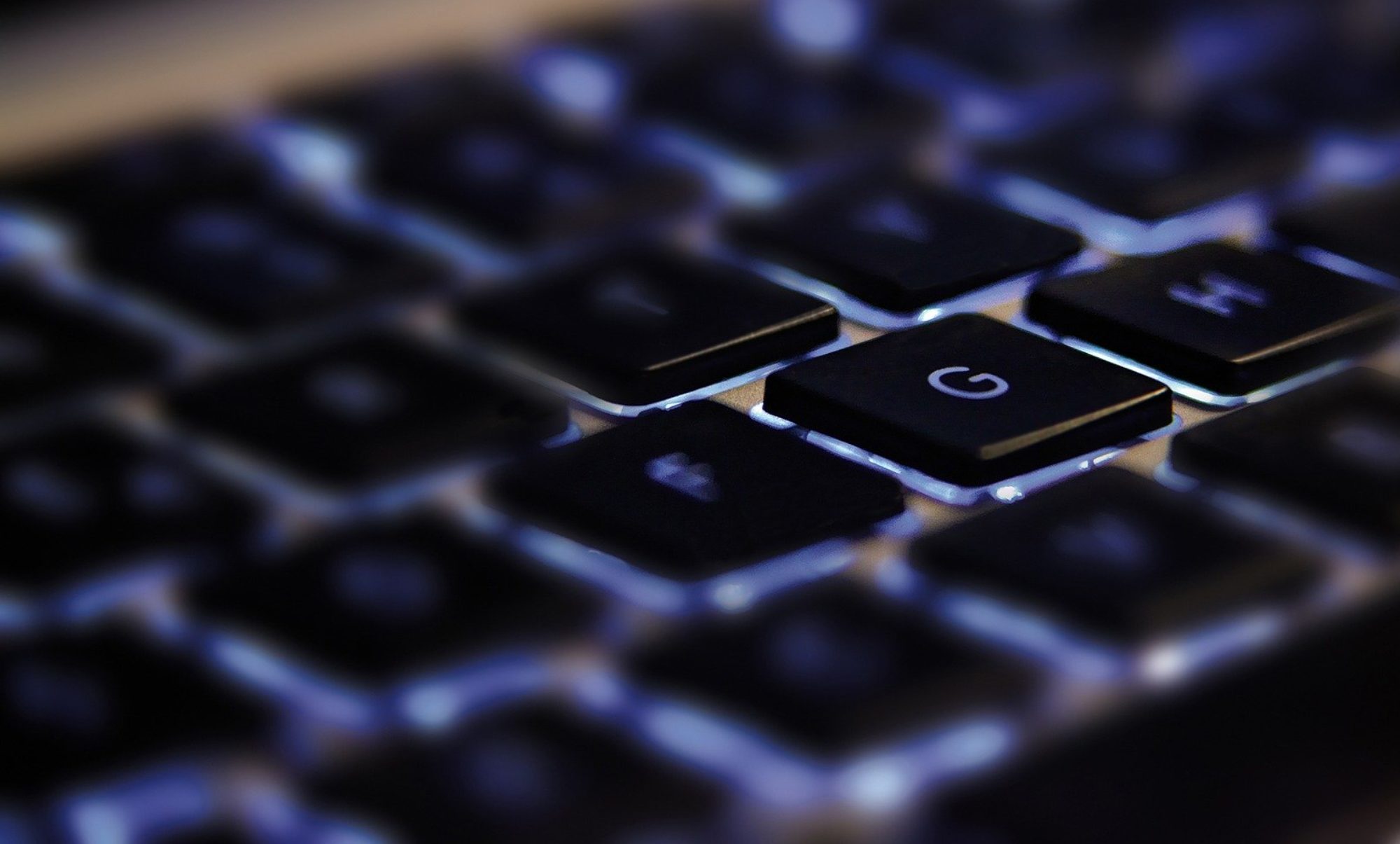The use of remote laboratories have been proven very helpful to some collectives. For example, they are useful for students of STEM education to study and put into practice what has been taught in class. Or even useful for workers of some kind of jobs to train some skills or tasks. But, what is a remote laboratory?
A remote lab, or RL in its abbreviated form, is defined as an application based on a client-server structure on which a client (student, teacher, or researcher) requests permission and contact with a server (a software or device to be manipulated) that offers services remotely or remotely. In other words, it is a real laboratory that can be controlled over the Internet without the need to be near the actual hardware equipment.
This communication is established through a means of interconnection, such as the Intranet of a university or the Internet, allowing a transfer of one-way or two-way information. Under this scheme, the customer can control the actual resources available in a lab.

How is a RL used?
The basic operation of a remote lab is as follows. A customer, as it may be a student, accesses from the computer of their home the corresponding web application that give you access to the remote lab. An interactive user interface is presented resembles the physical device of the experiment in question and with which the customer will be able to experiment in the same way as if you were in your university lab. No however, behind this interface, from the moment the application has been opened it has been made a request and established a connection to the server that controls that device physical through the internet. Therefore, the server allows remote access to the device electronic to the customer. As a result, the physical device performs every action that is taken in the customer’s computer to subsequently return and display the result on the screen corresponding.
In which field it is being most used?
The use of such laboratories is increasingly in demand in the field of teaching as a result of the multiple limitations of physical laboratories. The main objective for which the educational community opts for this type of laboratories at a distance is to improve the availability of its conventional laboratories due to the need for students to conduct experiments with real laboratory equipment and the low availability of them. Many programs and degrees in the technical area, such as engineering, consider internships a fundamental pillar in their teaching model in order to consolidate the concepts and knowledge that the student has acquired in the classroom. However, for different reasons (lack of budget, time and time constraints, etc.) these physical laboratories and the required technical instruments are not always available, which is a restriction on learning. Fortunately, these types of laboratories allow to fill this gap and, today, multiple academic institutions are developing, implementing and using their own LR to allow the student much more flexible access.
A direct interaction with real teams is a difficult experience to replicate because the student is immersed in the experiment with the “five senses”. In fact, even the same implementation and configuration of the practice is part of the learning. However, LR is the most interesting option available today because, in order to improve user contact and interaction with the remote equipment, they make use of other resources such as webcams, sensors of all kinds, microphones, data acquisition hardware or measuring instruments, among others.
Advantages of remote laboratories
The advantages that this type of laboratories bring over conventional laboratories are multiple and interesting. The following are the most noteworthy advantages to having note:
• Eliminates the need for a monitor or teacher to ensure good use that are being given to the facility.
• Enables more thorough and risk-free experimentation as a virtual laboratory contemplates and manages any possible error in its use.
• It involves great energy and economic savings due to the reduction in the cost of installation and maintenance of the physical laboratory.
• Allows the clients to experiment with a lab from the computer itself staff, without having to move.
• Eliminates the limitation number of people using the laboratory at the same time.
• Eliminates the time restriction as it is available 24/7, allowing for a much more flexible schedule.
• Remote laboratories are the best way to to comply with restrictions and measures due to the pandemic crisis and limit the risk of spreading the virus, like the COVID-19.


Good post. I certainly appreciate this website. Stick with it!